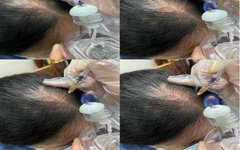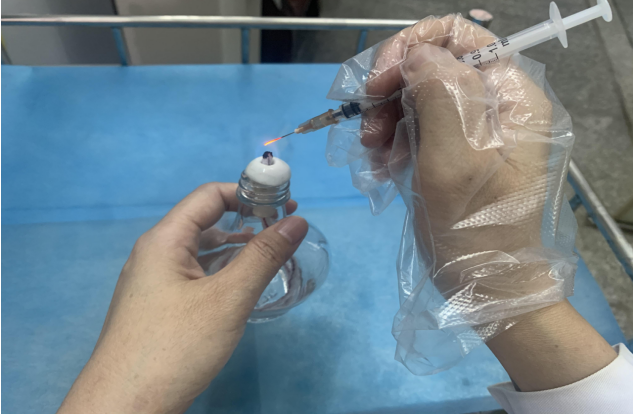
1. Overview of Fire Needle Therapy
Fire needle therapy, also known as “Cui Ci” or “Burning Needle,” is a method of treating diseases by quickly inserting a needle that has been heated red over a flame into the human body.
2. Characteristics of Traditional Fire Needle Therapy
The key to traditional fire needle operation is “steady, precise, and fast,” with “precision” being the most critical aspect. The effectiveness of the treatment is greatly related to the accuracy of the needle placement. It is essential to accurately insert the needle into the designated acupoint or lesion at the moment the needle is glowing red and white, ensuring the correct depth and position.
3. Mechanism of Action of Fire Needle Therapy
Fire needle therapy combines acupuncture and heat moxibustion, providing both the effects of needling and thermal stimulation. The mechanism of fire needle therapy is to use warmth to stimulate acupoints or related areas, enhancing the body’s Yang Qi, invigorating the Zheng Qi, regulating the internal organs, invigorating the essence, warming the meridians, and promoting Qi and blood circulation.
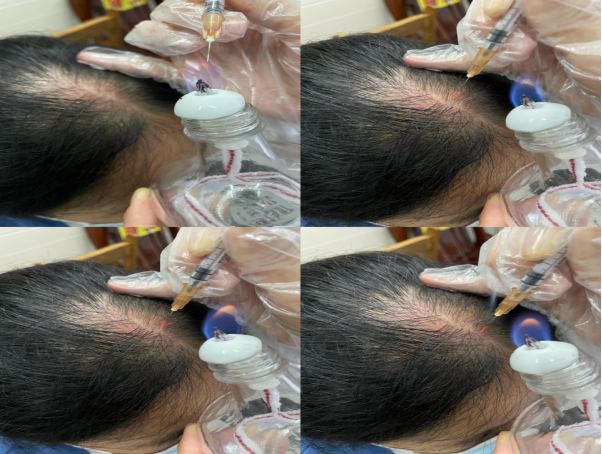
4. Clinical Efficacy of Fire Needle Therapy
1. Tonifying Yang and replenishing deficiency, elevating Yang and lifting sinking. The heat from the fire needle can enhance the body’s Yang Qi, invigorate the essence, and regulate the functions of the internal organs.
2. Warming the meridians and unblocking collaterals, promoting Qi and invigorating blood. Fire needle therapy integrates needling and heat moxibustion, unblocking the meridians, accelerating local blood circulation, and improving microcirculation.
3. Warming Yang and transforming Qi, invigorating blood and dispelling stasis, resolving nodules and masses. Nodules are lumps or masses within or on the surface of the body, often caused by Qi stagnation and blood stasis or phlegm-damp accumulation. Fire needle therapy can warm and assist Yang, unblock the meridians, promote Qi and blood circulation, and transform Qi to resolve nodules.
4. Dispelling cold and dampness, unblocking meridians and alleviating pain, relieving spasms. The thermal effect of fire needle therapy can warm the meridians, dispel cold and evil, unblock the meridians, and promote Qi and blood circulation, achieving the effects of dispelling cold and dampness, relieving spasms, and alleviating pain.
5. Promoting tissue regeneration, draining pus, and removing necrotic tissue. The heated fire needle can quickly coagulate surrounding tissues, penetrate abscess cavities, and facilitate drainage while preventing bleeding, thus eliminating surface cysts, blood stasis, and foreign materials. At the same time, fire needle therapy warms the meridians, promotes Qi and blood circulation, and aids tissue regeneration, allowing wounds to heal naturally.
6. Warming the meridians and dispelling wind to alleviate itching. Itching is often related to wind evil. Fire needle therapy warms the meridians, promotes Qi and blood flow, thereby driving away wind evil, and when blood is sufficient and wind is dispersed, itching ceases.
5. Indications of Fire Needle Therapy in Dermatology
Dermatological conditions: furuncles, carbuncles, boils, flat warts, molluscum contagiosum, corns, herpes zoster, neurodermatitis, eczema, psoriasis, age spots, vitiligo, acne, alopecia areata, etc.
6. Some Clinical Applications of Fire Needle Therapy in Dermatology
1. Furuncles and carbuncles (acute suppurative diseases in superficial skin, can occur singly or multiply): Ah Shi point, 0.3-0.5 cm, once every other day.
2. Flat warts: Ah Shi point, direct insertion to the base, number of needles depends on the size of the wart, generally 2-5 needles.
3. Corns: Ah Shi point, direct insertion about 1 cm, once every two weeks, generally 1-3 times.
4. Postherpetic neuralgia at the head, body, tail, and around the herpes: first needle the tail, then needle the body and surrounding area, cupping for 5 minutes after needling.
5. Skin itching (including urticaria, etc.): Ah Shi point, Xuehai, Quchi, Ge Shu, once every other day, 10 times for 1 treatment course.
6. Insect bite dermatitis: Ah Shi point, once every other day.
7. Neurodermatitis lesions around and locally: scattered needling, once every 3 days, 15 times for 1 treatment course, with a break of 5-7 days between courses.
8. Eczema: Ah Shi point, surrounding needling, 1 needle every 1 cm. Once every 1 day, 5 times for 1 treatment course, with a break of 7 days, a total of 4 treatment courses to observe efficacy.
9. Psoriasis (localized type): Ah Shi point.
10. Age spots: Ah Shi point, scattered needling, not too deep.
11. Vitiligo: Ah Shi point, shallow needling, once every 5-7 days, 10 times for 1 treatment course.
12. Acne: Ah Shi point, shallow needling 2-3 mm, fine needle (0.3-0.35) combined with bloodletting and cupping for better efficacy.
13. Recurrent oral ulcers: Ah Shi point, shallow needling, once every 7 days, stop when healed. Generally 1-2 times is sufficient.
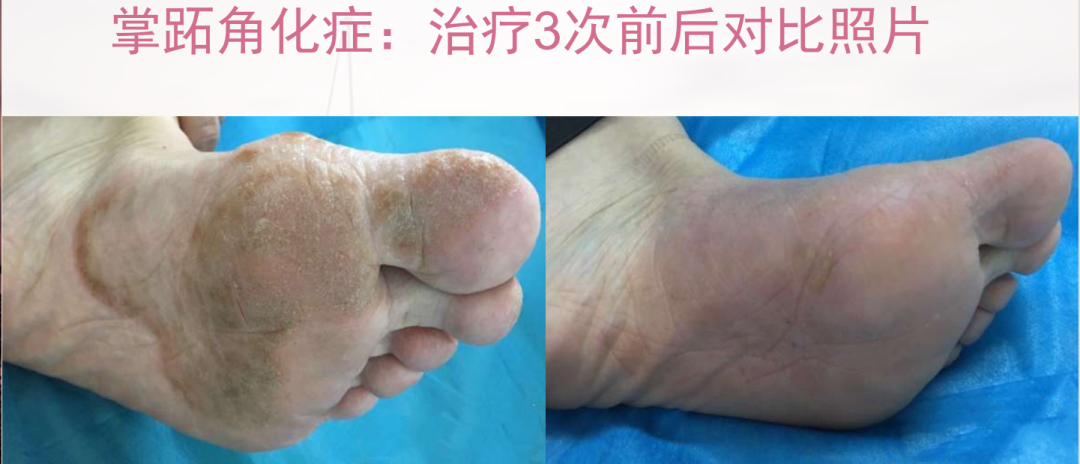
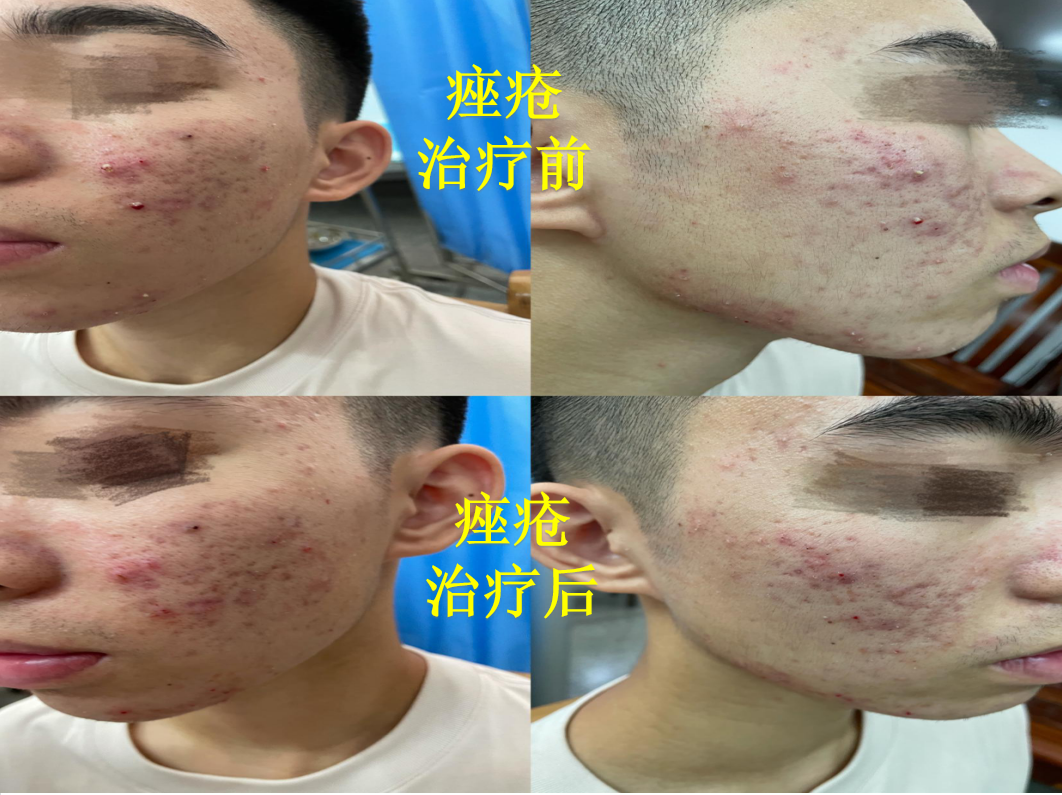
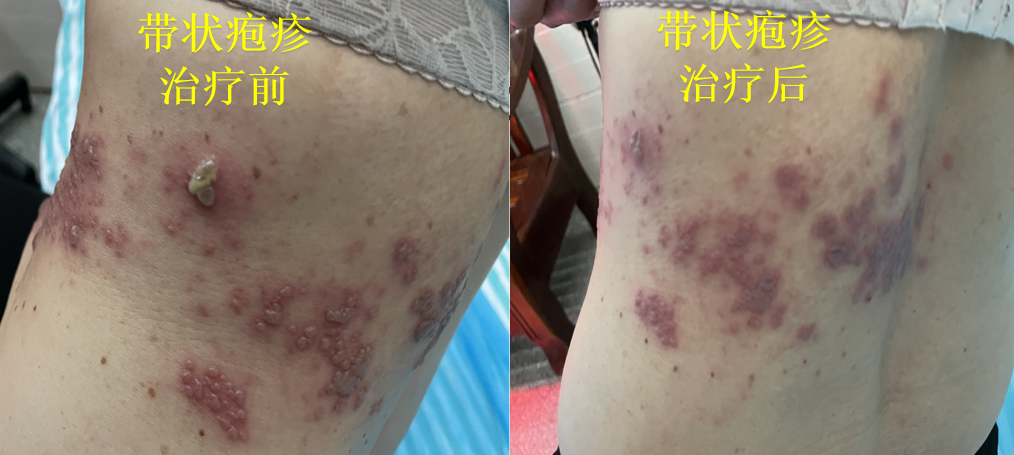
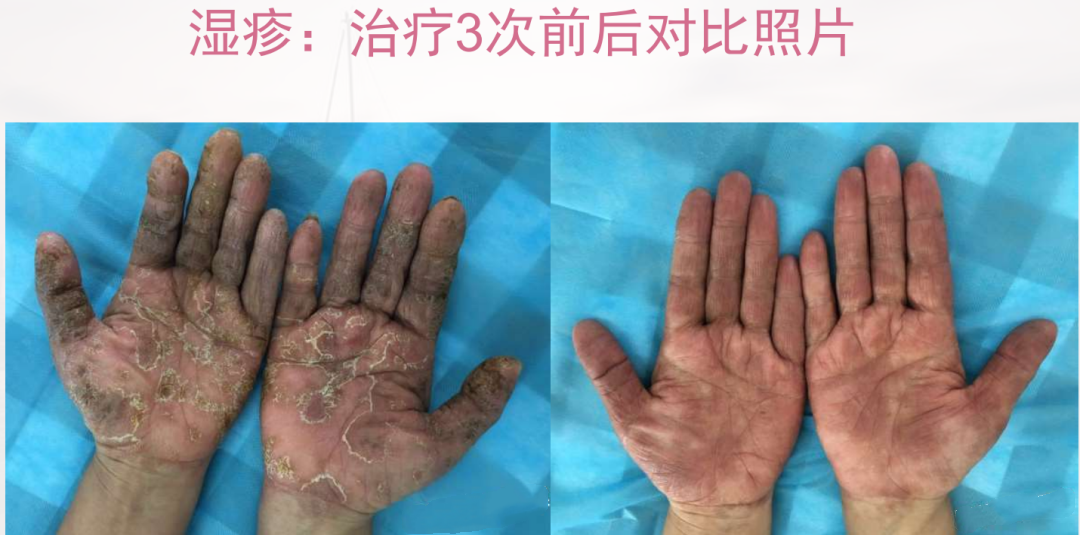
 Written by: Yan Yanqun Edited by: Li Zongyue Reviewed by: Yang Ying
Written by: Yan Yanqun Edited by: Li Zongyue Reviewed by: Yang Ying


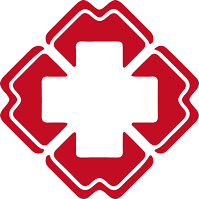
For more information, please scan the QR code below
Follow us!!!



